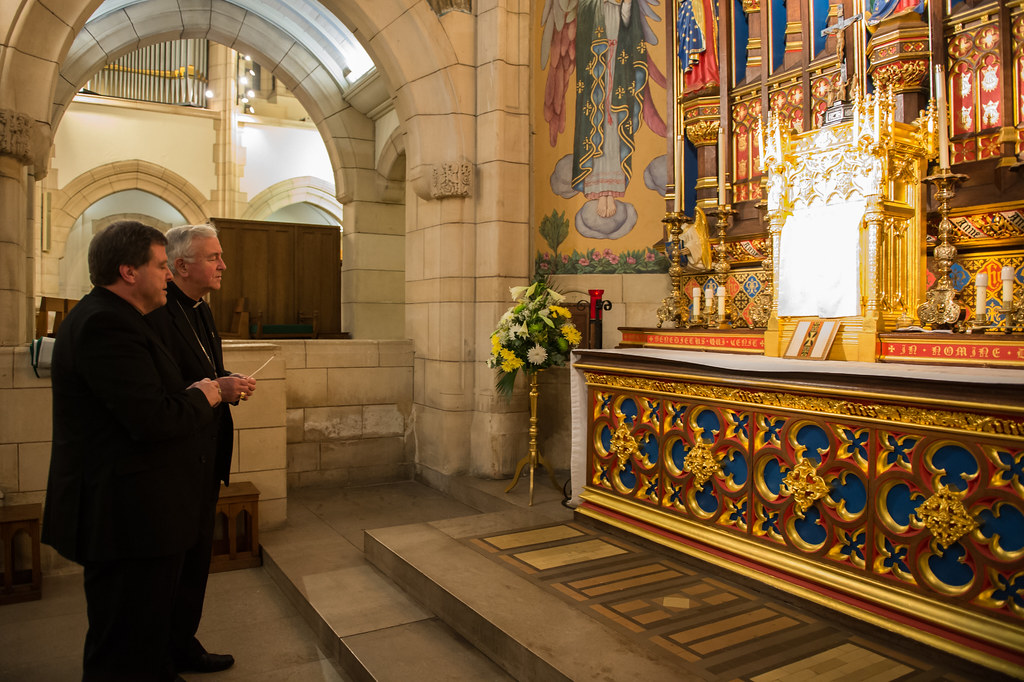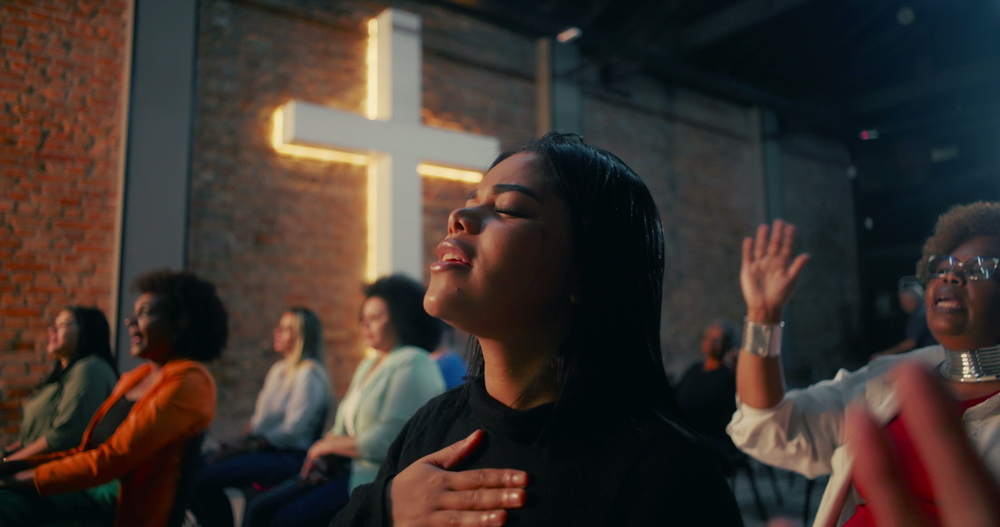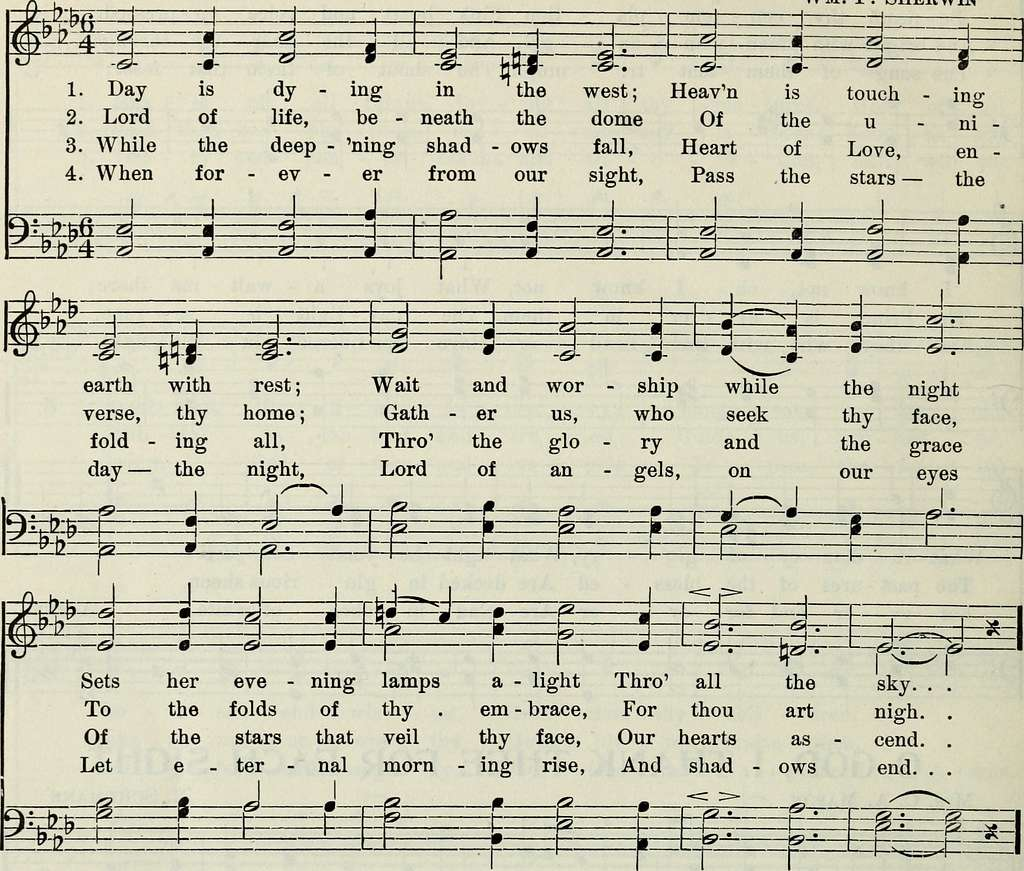
Ever stepped into a church and felt like you’d stumbled into a time machine by mistake? That’s basically how Sunday mornings feel to a lot of young adults. While churches hold on to traditions that used to be sacred, a new generation of believers can’t help but ask: why are we still doing this? The rest of the world outside is speeding ahead, but within the sanctuary, some traditions just don’t keep up.

Today’s young adults and visionary church leaders aren’t interested in rebelling they want meaning, connection, and relevance. They desire to respect the heart of faith, but also want authenticity and inclusivity. A glimpse below at the church practices that leave people scratching their heads, and how some communities are reframing what it looks like to gather, give, and grow in faith.

1. The Collection Plate: From Sacred Ritual to Awkward Relic
Passing the plate was once a Sunday tradition, but in an age when everyone carries debit cards instead of cash, it’s beginning to sound antiquated. Fully 63% of donors now give online, according to the Nonprofit Tech For Good 2021 Global Trends in Giving report. The long-standing tradition can also make people feel uneasy nobody likes to be scrutinized for what they do or don’t contribute.
Security is a secondary issue. As one article notes, cash offerings are easily lost or stolen, and it takes more volunteers and time to process. Most churches are moving towards electronic giving, with possibilities such as mobile apps and regular online donations. As one leader described it, “Your offering plate has lived a long, full life. But it’s probably time to pull the plug.”

2. Dress Codes: When Jeans Meet Judgment
There used to be a day when getting dressed up to attend church was obligatory. Now, that assumption can be a barrier rather than an invitation. The younger generation prizes authenticity, not always in their attire, and many desire to come as themselves hoodies, sneakers, and all. When everyone feels pressured to dress a particular way, newcomers might feel like outsiders or, worse, not welcome.
A few churches are relaxing, acknowledging that what’s in your heart counts more than what’s on your back. The change is subtle but dynamic: come as you are, and may the emphasis be on community rather than conformity.

3. Outdated Language: ‘Thee’ and ‘Thou’ No More
For some, the poetic style of the King James Bible is lovely but confusing. “Thee” and “thou” aren’t currently popular on TikTok. For newcomers, it sounds like a foreign tongue, creating distance, not connection.
A number of congregations are gravitating toward more understandable translations and conversational language in worship. Why? So spiritual insight can feel relevant and relatable, not trapped behind words centuries old.

4. Guilt-Laden Sermons: Exchanging Fear with Healing
Fire and brimstone preaching might have filled the pews back in the day, but listeners today want hope, not shame. Young adults particularly are attuned to messaging that is guilt-oriented, sin-based, and punishment-focused. With a world already awash in fear, they’re looking for churches that promise healing, not additional fear.
Most religious leaders today focus on compassion, mental wellness, and open dialogue about uncertainty. The trend is apparent: individuals seek sacred spaces that promote development, not merely indicate fault.

5. Hymns and Music: When the Melody Misses the Moment
Hymns might be very emotional for some, but for others, they’re just. confusing. The language and melodies might seem to be out of touch with contemporary life, particularly for those who grew up outside of church. In the view of one observer, music that doesn’t speak to them is a leading reason newcomers don’t come back.
Creative churches are shaking things up, combining classic favorites with new songs and even bringing in other genres into worship. The result? A soundtrack that tastes both timeless and timely.

6. Gender Roles: Breaking the Pulpit Ceiling
In other churches, gender continues to dictate who may lead, preach, or serve in leadership positions. For a generation whose values are based on equality and empowerment, this comes as jarringly out of step. Many young adults simply expect to see men and women leading together, as they do in workplaces and communities.
Congregations who adopt inclusive leadership are discovering renewed energy and purpose. As one church leader explained, “Innovation offers us new chances to connect new people, a place to become new ministries, and stay a vital part of the community’s lives.” This change isn’t only about equality it’s about thriving.

7. Dodging Tough Questions: The Call for Honest Dialogue
Faith is mysterious, but when churches sidestep questions that matter in everyday life questions about science, sex, mental illness, or justice it can seem like churches are avoiding reality. Young adults long for places they can grapple with doubts and raise tough questions without fear of judgment.

Churches that encourage open discussion and intergenerational dialogue are creating bridges, not walls. As a pastor succinctly said, “Education and dialogue are tools for adaptation and growth”. The future is for those communities that embrace curiosity, not certitude.
The chasm between tradition and relevance doesn’t have to be a deep one. By reimaging past traditions and engaging in authentic, open-ended conversation, churches can be spaces where each generation is seen, heard, and valued. The healthiest faith communities aren’t the ones that hold fast to the status quo they’re the ones courageous enough to evolve, welcoming all to the table, as they are.


